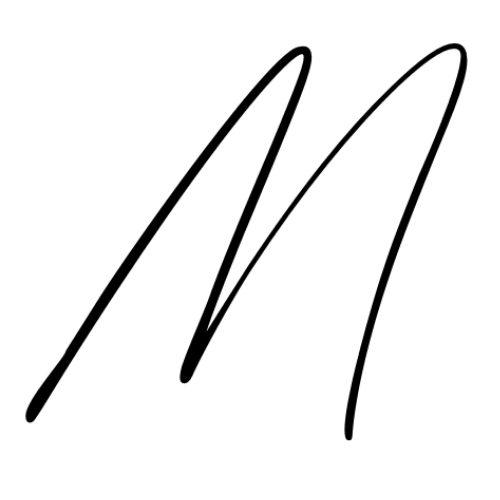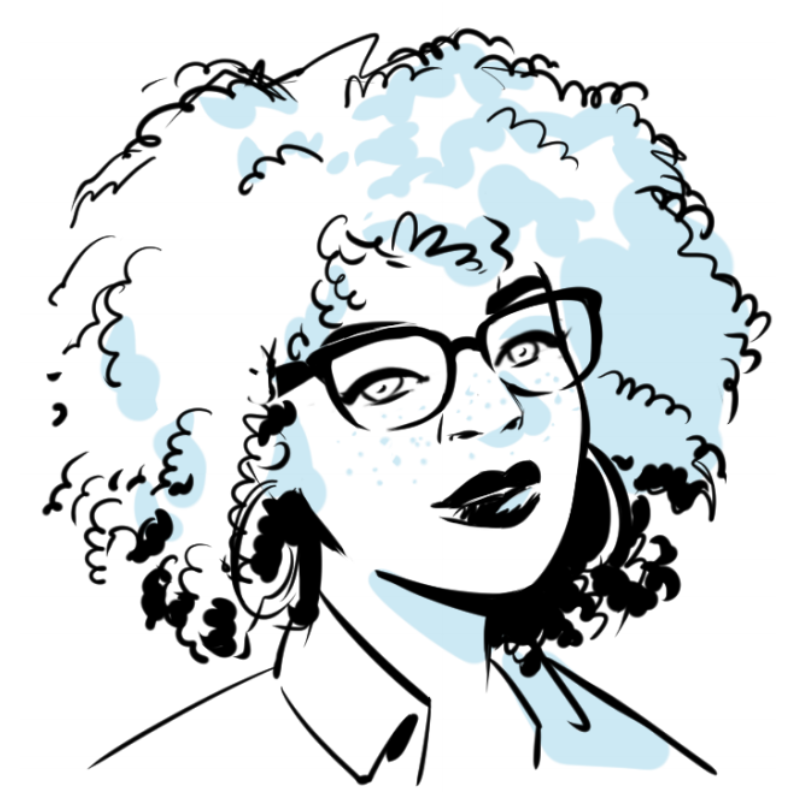MARVEL Feature: The Unstoppable Wasp #6!
What kind of work do you do and why?
As a nuclear engineer working in the nuclear security space, my research focuses on technology that could be used to verify future arms control treaties. The U.S. and Russia have a long history of cooperation on reducing the size of their nuclear weapon arsenals, and much of this progress was based on the technical verification possibilities of the time. As a technical scientist, I believe it is important that we continue to provide the policy and political community with an understanding of what is possible in the boundaries of science and technology. As verification of compliance to an arms reduction treaty is often a stumbling block to the success of an agreement, scientists and engineers play a key role in shaping the boundaries of what is possible, and this is why my work is important.
What excites you about your work?
Nuclear security is a field that exists at the intersection of policy, history, science and technology. It is this interdisciplinary nature that keeps my work interesting because the ground is always changing beneath my feet. Whether it is new geopolitical dimensions that emerge, like what is currently happening with U.S.-Russia relations, or new technologies that expand the verification possibilities, the constantly evolving context of my work requires me to be active in my participation. It requires me to be able to think beyond common assumptions or circumstances, and foreshadow the relevancy of my technology in a future world. It is exciting to think that technology I create could have a bearing on reducing, or even eliminating, the nuclear threats we face today. These opportunities for direct impact are the things that make my work exciting.
Why are you passionate about young women getting into science?
One of the things I discovered as an undergrad majoring in physics was that my training was not applicable solely to scientific problems, but I was learning critical thinking skills that would be transferrable to many other complex questions outside of science. This ability to see to the relevance of my training outside of the boundaries of science gave me a confidence in my mind and my logic. This is one of the things I hope for young women entering into STEM, to understand the value of the skills they earn and their agency in what problems they choose to apply those scientific tools and methods to.
I choose to share my experiences as a scientist and engineer because I believe images and narratives matter, and can have a direct impact on how someone conceives of herself. My passion for inclusion comes from the understanding that each community has something of value to offer, and that success in these traditionally male-dominated fields does not have to come at the expense of your womanhood.
What female scientists (real and/or fictional) have inspired you?
Katherine Johnson of NASA – As a black woman who played a key role in the U.S. space race at the height of the Jim Crow era, her bravery and brilliance are a constant source of inspiration to me.
Do you have a favorite example of nonsensical science in popular culture
I’d have to say the science of climate change denial. That is pretty nonsensical to me.
How long have you been reading comics / What was your first comic book?
I first started reading comics as a young child out of the Sunday newspaper, specifically Dilbert, Garfield, and the Boondocks. My first comic book was probably The Teenage Mutant Ninja Turtles.




